Leaky wooden dams installed to prevent flooding in Shropshire
- Published
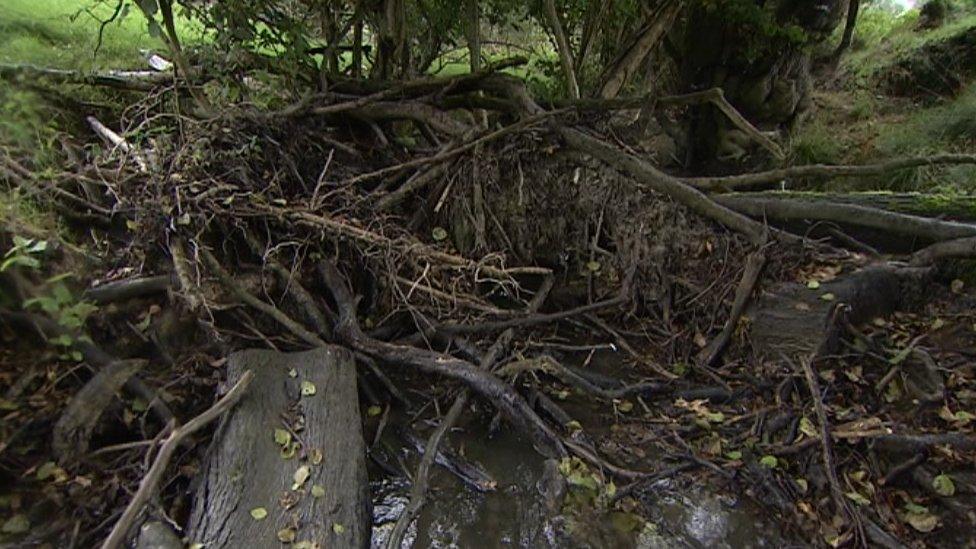
The leaky dams are made of wood and help to prevent the devastation caused by flooding
Hundreds of deliberately leaky dams made of wood have been installed along a stretch of river as an innovative measure to prevent flooding.
Researchers from the University of Worcester said the dams could have a dramatic impact on flooding in places including Bewdley and Ludlow.
During Storm Dennis, the dams along a three-mile stretch in Shropshire held back millions of litres of water.
The idea was taken up after research was done into dams created by beavers.
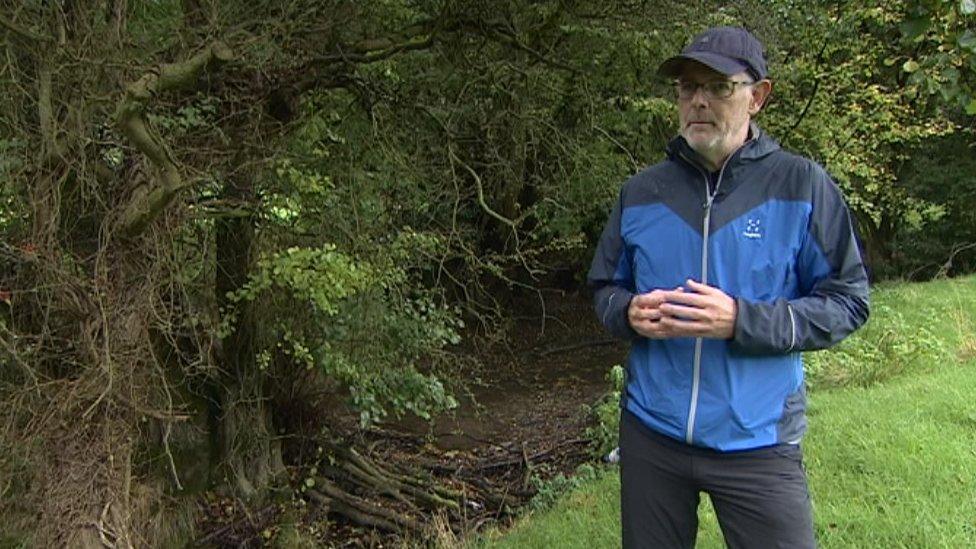
Prof Ian Maddock says the dams are "critical" during heavy water flow
"Each leaky barrier allows water to flow through and underneath them during low flows so they don't really have any significant impact for most of the time but they are critical during floods," said Prof Ian Maddock, from the University of Worcester.
"They hold water back and when you have a lot of them along the reach, the cumulative effect is really significant.
"It lowers the flood peak and that's what it's all about, reducing the impact of flooding downstream."
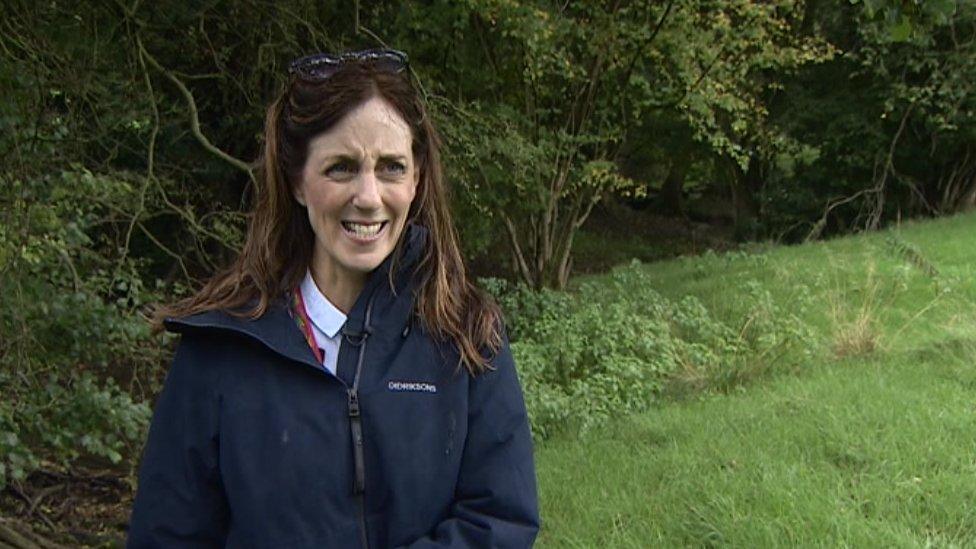
Dr Catherine Wilson said the dams help with storage of water that can be slowly released over time
Dr Catherine Wilson, of Cardiff University, said there had been additional storage of 100 cubic metres (3,531 cubic feet) per barrier.
"If we scale this up just for this site [near Craven Arms], that's the equivalent of four Olympic swimming pools," she said.
With those figures, it means 10,000,000 litres (2,199,692 gallons) of water was prevented from rushing downstream to Ludlow and was instead held back and slowly released over the course of a week.
Measurements and data gathered by the research team have been used to produce a computer model that can be used to work out the most effective place to build leaky dams.
The dams were built by Shropshire Wildlife Trust volunteers as part of a Shropshire Council project.
For landowners and farmers, it is a natural approach to flood defences that can have a positive impact on their land and livelihood.
The measure also helps to boost the habitat of wildlife in the area and does not block the path of species of migratory fish.

Follow BBC West Midlands on Facebook, external, X, external and Instagram, external. Send your story ideas to: newsonline.westmidlands@bbc.co.uk, external
Related topics
- Published8 September 2023
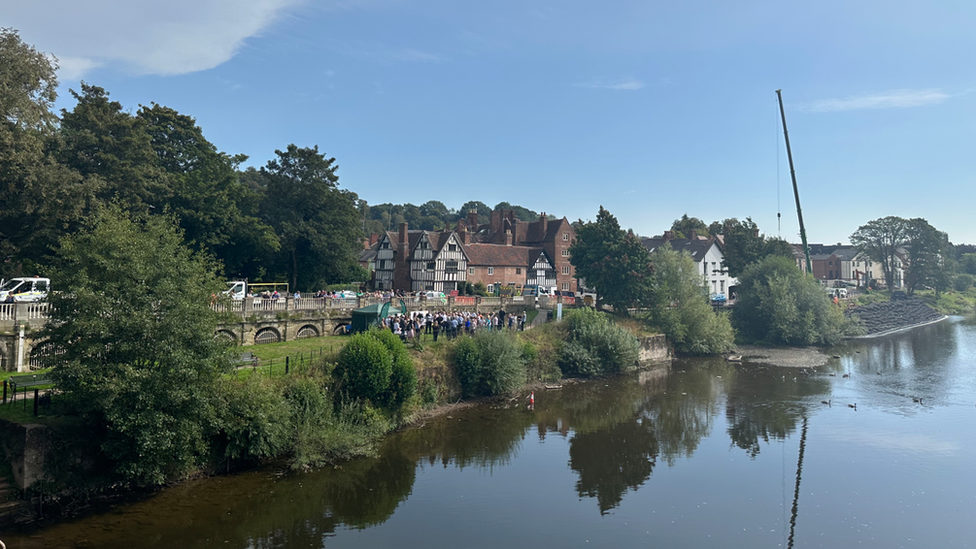
- Published8 August 2023

- Published1 June 2023

- Published5 April 2023
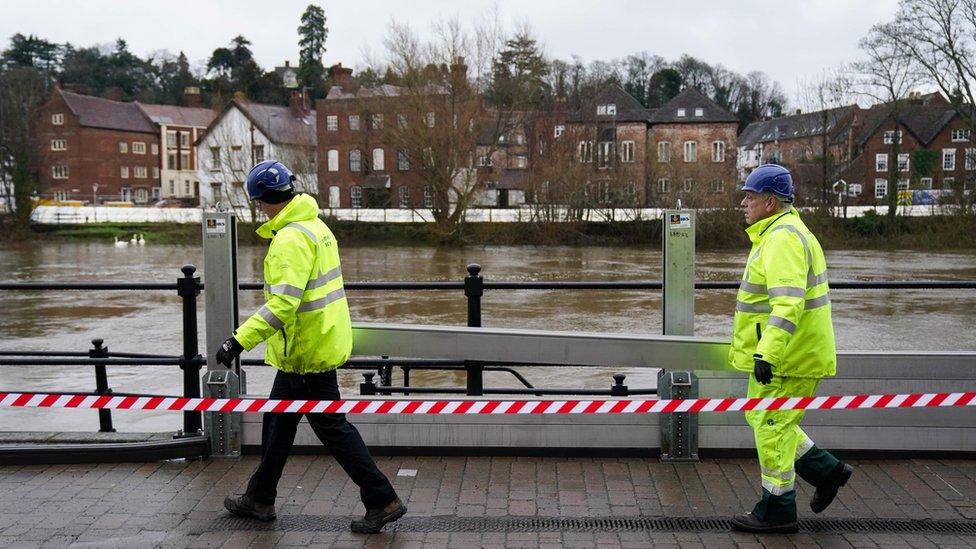
- Published15 March 2023
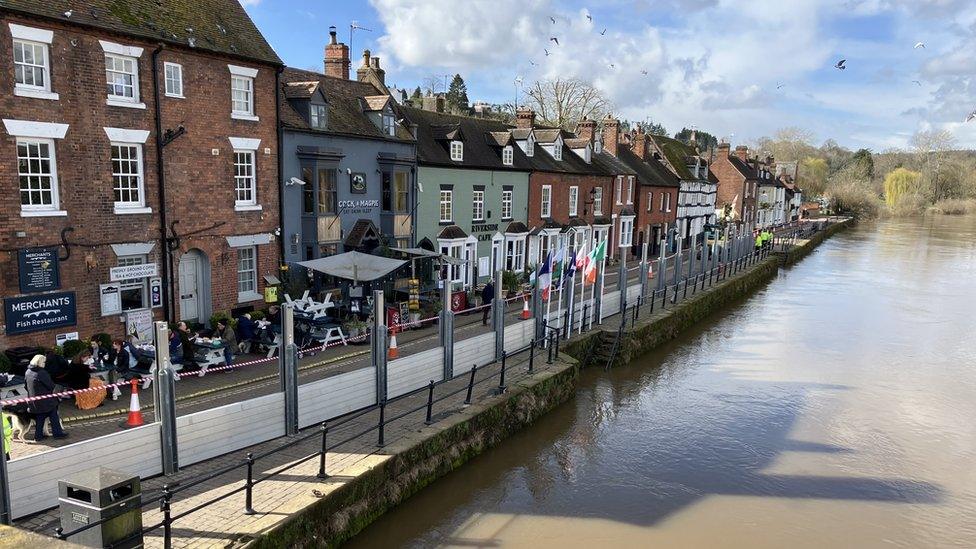
- Published13 January 2023
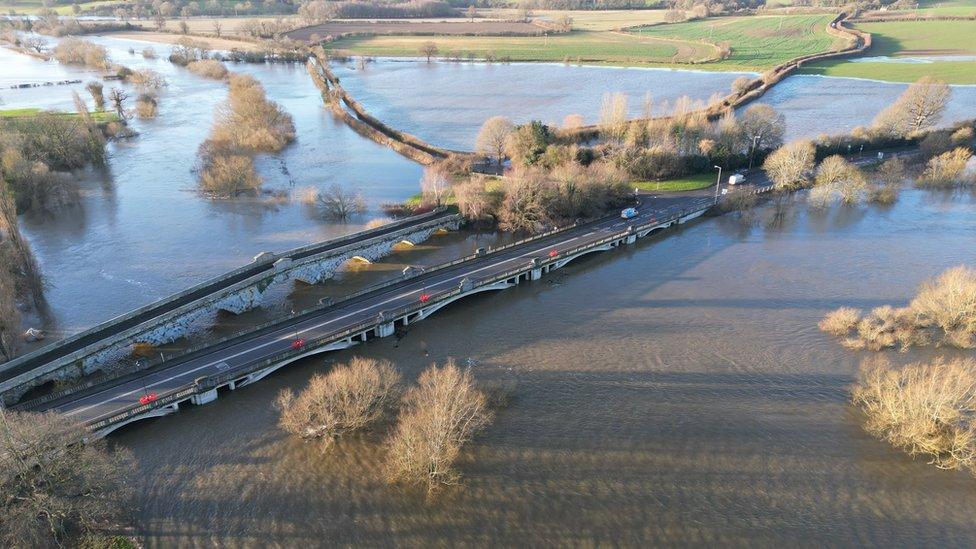
- Published14 January 2023
